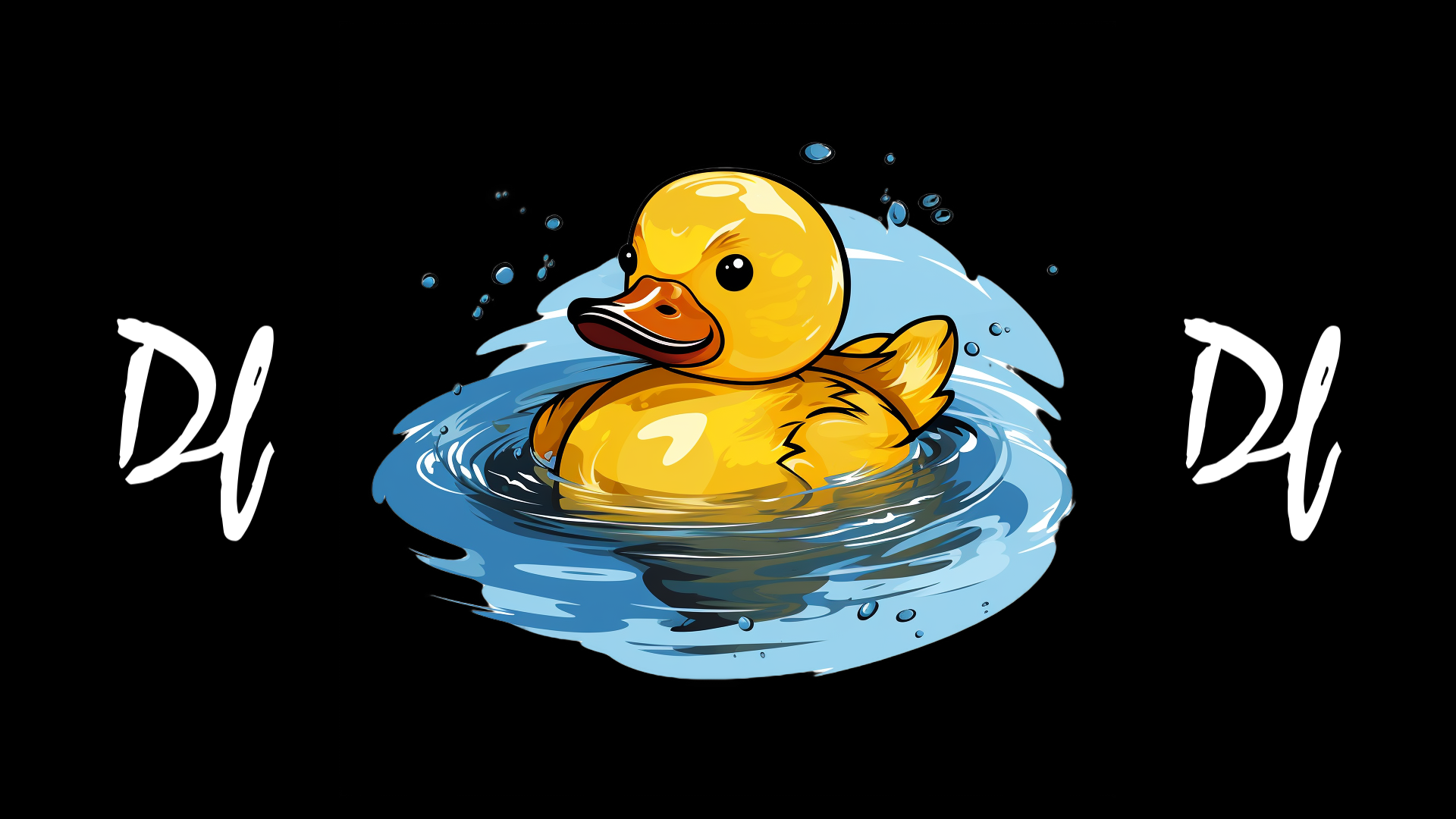Unraveling the Quirkiness of Rubber Duck Debugging

Rubber Duck Debugging (RDD) is an imaginative yet effective method programmers use to debug code.
The quirky name traces back to a story in "The Pragmatic Programmer: From Journeyman to Master" by Andrew Hunt and David Thomas. In the tale, a programmer would carry around a rubber duck and debug their code by forcing themselves to explain it, line-by-line, to the duck1.
At its core, RDD is about articulating problems in code using spoken or written natural language, which often unveils misunderstandings or misinterpretations that are at the root of bugs2. The process is simple yet profound:
- Acquire a Rubber Duck: The first step is to get a rubber duck. It doesn't have to be a duck per se; any inanimate object will do. However, the duck has become a symbol of this debugging method.
- Explain Your Code: Sit with your duck (or chosen object) and go over your code, explaining it line by line. As you articulate your thought process and the expected behavior of the code, you're likely to stumble upon the bug that's been eluding you.
- Reflect and Refactor: Often, explaining the code aloud (or in writing) sparks a realization of where the error lies or how the code could be improved.
This method hinges on explaining complex ideas (like code) to someone else (or something else, in this case) and forces a programmer to think in a different, often more straightforward, way. The rubber duck is a silent companion, patiently "listening" as programmers work through their code challenges.
One of the main benefits of RDD is its ability to break programmers from the "tunnel vision" that often occurs when deeply engrossed in code. It's akin to typing a message to be posted on social media and reading it aloud before hitting the post button - it gives a fresh perspective. It often catches errors that might have been overlooked otherwise3.
In practice, the RDD method is quite flexible. You can choose to do it alone or in a pair, and it can be a fun and light-hearted way to tackle the often frustrating task of debugging. Plus, it's a method that doesn't require special tools or software, just a rubber duck and a willingness to embrace a bit of silliness for better code.
The world of programming is filled with technicalities. Still, methodologies like Rubber Duck Debugging add a touch of whimsy, making the coding journey a bit more enjoyable and less arduous.